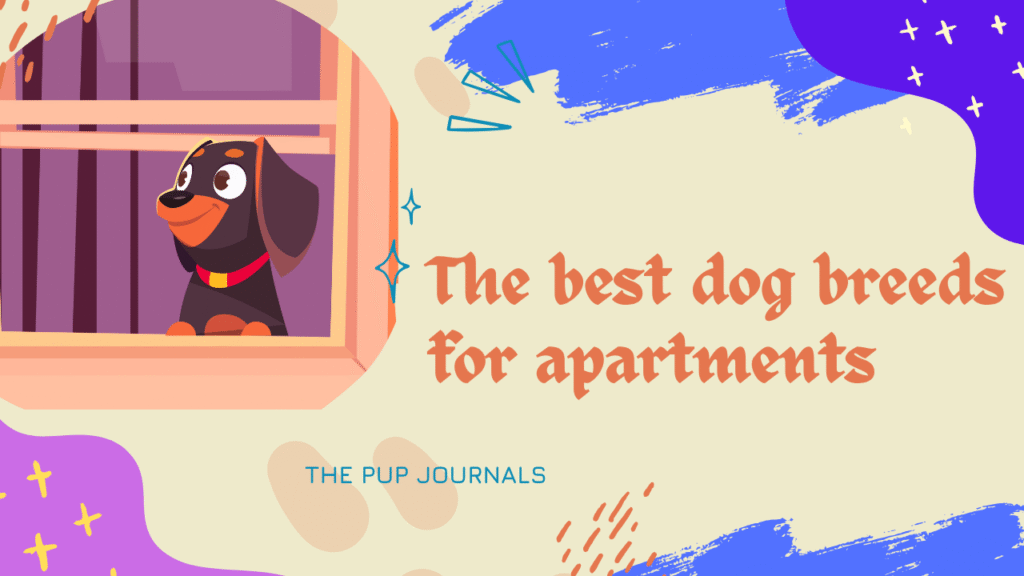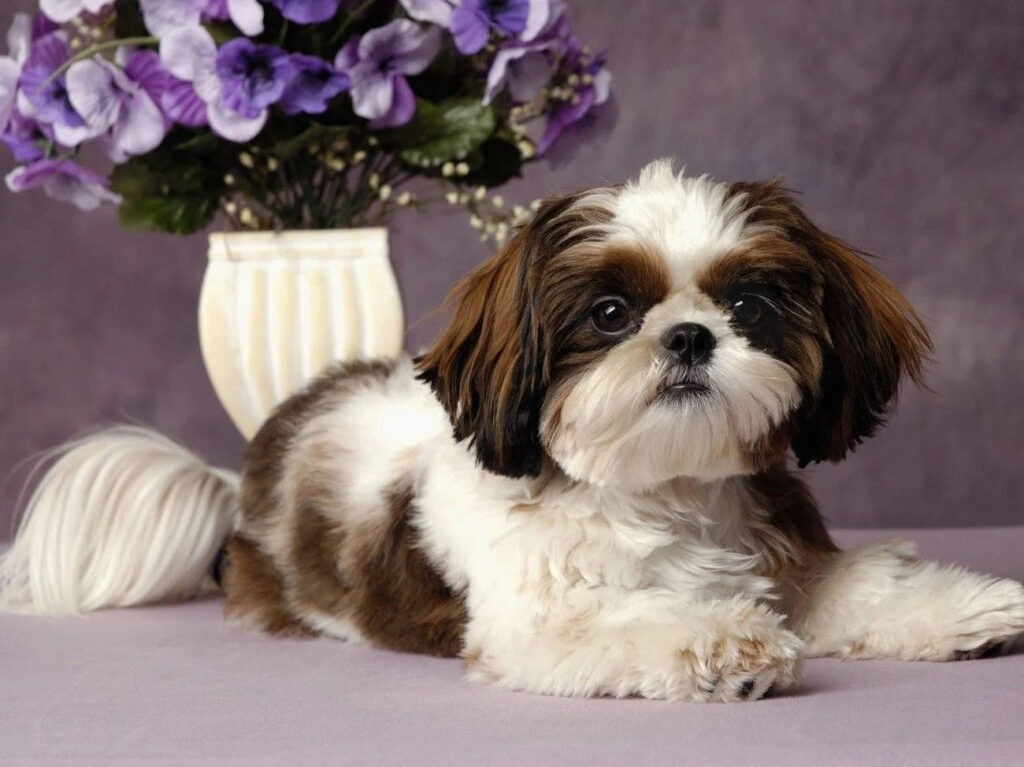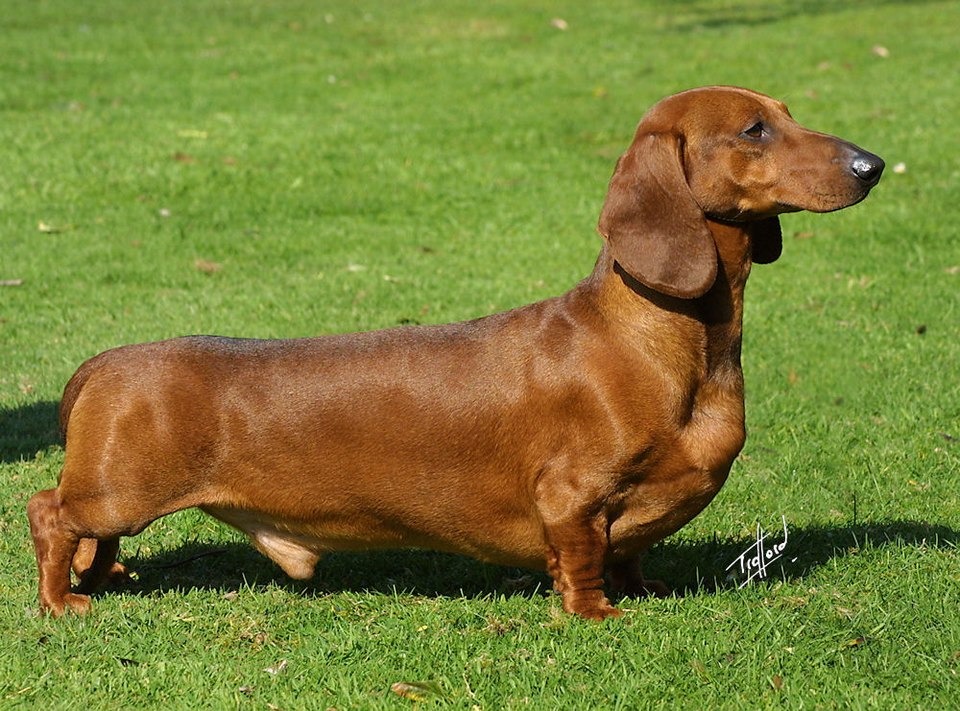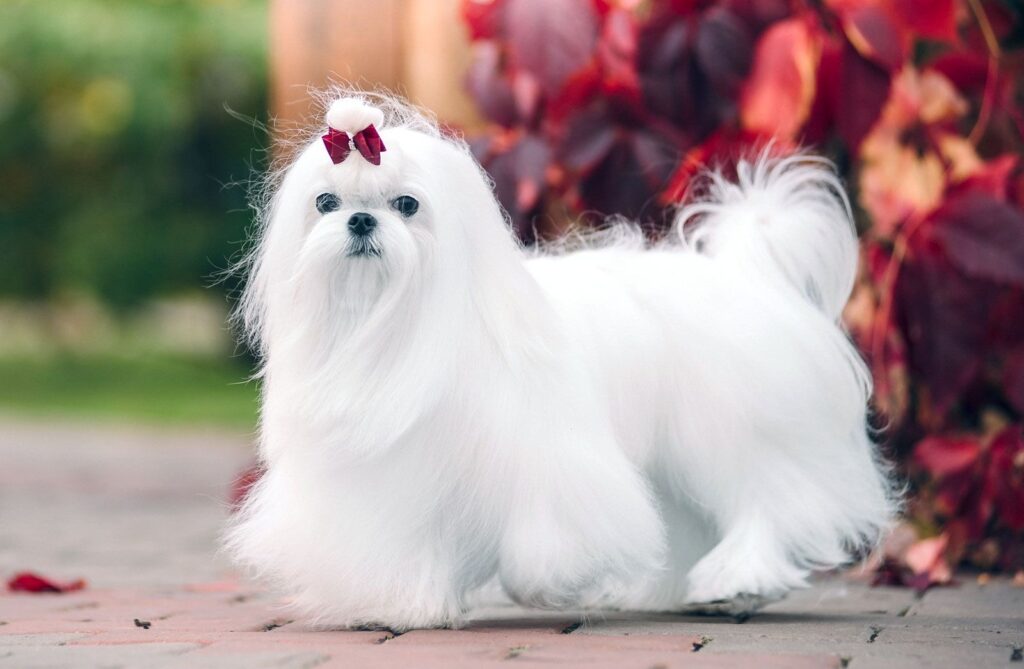
Table of contents
Living in an apartment doesn’t mean you have to give up on having a canine companion. Sure, smaller spaces come with their own set of challenges—like limited room to roam, close neighbors, and sometimes strict pet policies—but plenty of dog breeds adapt just fine to apartment living. Below, we’ll walk through some of the best dog breeds for apartments, along with what makes each one a great fit.
Top Apartment-Friendly Dog Breeds
1. French Bulldog

- Size: Small (under 28 pounds)
- Energy Level: Low to moderate
- Temperament: Affectionate, laid-back, good with families
Why They’re Great:
French Bulldogs are one of the best dog breeds for apartments and masters of chilling out. They don’t need tons of exercise—short walks and a bit of playtime inside the living room usually do the trick. Plus, they’re not big barkers, which is a blessing in any apartment setting.
2. Cavalier King Charles Spaniel

- Size: Small (13–18 pounds)
- Energy Level: Moderate
- Temperament: Gentle, friendly, highly affectionate
Why They’re Great:
Cavaliers are sweet, adaptable, and love being near their humans. They do enjoy a daily walk or a brief play session but aren’t so energetic that they need a huge yard. Their silky coats require regular brushing, but they’re generally quiet and eager to please—perfect for close quarters living.
3. Pug

- Size: Small (14–18 pounds)
- Energy Level: Low to moderate
- Temperament: Charming, mischievous, affectionate
Why They’re Great:
Pugs are notorious for being little goofballs, and they’re fairly calm for most of the day. They crave human companionship and enjoy short walks to stretch their legs. Their smooshed faces mean watching out for breathing issues and overheating, so keep exercise reasonable and access to cool water constant. Pugs shed seasonally, so a quick weekly brushing keeps loose hairs in check.
4. Chihuahua

- Size: Very small (under 6 pounds)
- Energy Level: Low to moderate
- Temperament: Lively, loyal, often devoted to one person
Why They’re Great:
Chihuahuas basically invented “pocket dog” status. They don’t need much space to run around; a few short bursts of play in a hallway or living room are usually enough. They do have a reputation for barking at strangers, so socialization is key early on.
5. Boston Terrier

- Size: Small to medium (10–25 pounds)
- Energy Level: Moderate
- Temperament: Friendly, intelligent, people-oriented
Why They’re Great:
Boston Terriers are one of the best dog breeds for apartments they often called “the gentleman of the dog world” because they’re well-mannered, affectionate, and pretty adaptable. They enjoy a daily walk and some indoor play, but they’re not constantly bouncing off the walls. Their short coats are easy to groom, and they generally don’t drool or shed much.
6. Shih Tzu

- Size: Small (9–16 pounds)
- Energy Level: Low to moderate
- Temperament: Friendly, affectionate, adaptable
Why They’re Great:
Shih Tzus were bred as companion dogs, which basically means they’re hardwired to want to hang out with you. They do need regular grooming—brush often and plan for periodic professional trims—but their mellow demeanor is a huge plus for apartment life.
7. Dachshund

- Size: Small (16–32 pounds, depending on type)
- Energy Level: Moderate
- Temperament: Curious, playful, loyal
Why They’re Great:
Those long bodies and short legs might look funny, but Dachshunds are agile and love exploring. They need a bit more mental stimulation than some of the ultra-couch-potato breeds, so puzzle toys or short training sessions work wonders. A couple of brisk walks per day will usually keep them from getting restless or bored.
8. Maltese

- Size: Tiny (under 7 pounds)
- Energy Level: Low to moderate
- Temperament: Gentle, playful, affectionate
Why They’re Great:
Maltese dogs make fantastic lap buddies. They don’t need tons of space to run around, and their exercise requirements can often be met with indoor play and short leash walks. Their silky white hair does require consistent brushing to avoid mats, but they’re generally hypoallergenic, which is great if you or your neighbors are sensitive to pet dander.
Factors to Consider Beyond Breed
Even with the most apartment-friendly breed, your dog’s individual personality and your lifestyle play huge roles. Here are a few extra pointers:
Daily Routine & Exercise
Most “low-energy” breeds still need at least 20–30 minutes of exercise each day. Think short walks, indoor fetch, or even “doggy treadmill” time.
Training & Socialization
Apartment living often means frequent encounters with other dogs, people, and, yep, the occasional loud noise (think sirens, garbage trucks, kids playing).
Grooming & Maintenance
Some breeds, like Shih Tzus or Maltese, need regular grooming appointments. In an apartment, you’ll want to avoid a dog whose coat requires daily brushing if you’re not up for the task.
Noise & Neighbors
Even if a breed is generally quiet, individual dogs vary. If you have especially noise-sensitive neighbors (or strict building rules), look for a breed—or individual dog—that’s known to be calm and not prone to nuisance barking.
Tips for Success with Your Apartment Dog
1. Create a Dedicated Spot
Even if space is tight, carve out a little corner with a comfy bed or crate. This gives your dog a predictable “home base” where they can relax.
2. Elevate Vertical Space
If you’ve got shelves or window sills that can safely hold a small dog bed or perch, let your pup enjoy being up high. Lots of dogs love looking out the window to track neighborhood activity.
3. Invest in Interactive Toys
Puzzle feeders, treat-dispensing balls, or snuffle mats help burn mental energy, which is just as important as physical exercise—especially when you can’t sprint around a backyard.
4. Stick to a Potty Schedule
If you don’t have easy outdoor access, schedule regular breaks for potty trips. Consistency helps prevent indoor accidents.
5. Use White Noise or Soft Music
If city noises (sirens, traffic, neighboring dogs) stress your pup out, try a white noise machine or soft classical music to mask sounds.
6. Plan for Separation Anxiety
Dogs in apartments often form a strong attachment to their humans simply because they’re so close all day. Practice short, gradual departures so your dog learns it’s okay when you’re not there 100% of the time. Puzzle toys or long-lasting chews can help keep them occupied.
7. Be a Good Neighbor
Pick up after your dog during walks, and try to keep barking in check. If you notice a neighbor complaining, talk with them—sometimes just knowing you’re aware and working on it goes a long way.
Final Thoughts
At the end of the day, every dog is an individual, so spend time meeting pups (either through breeders, rescues, or adoption events) before bringing one home. Observe how they react to tight spaces, other dogs in the hallway, and backyard noise. These are the best dog breeds for apartments.
References:


One Response